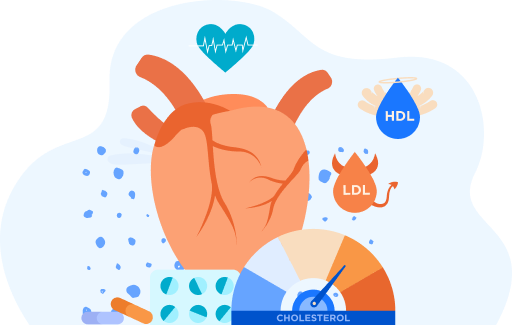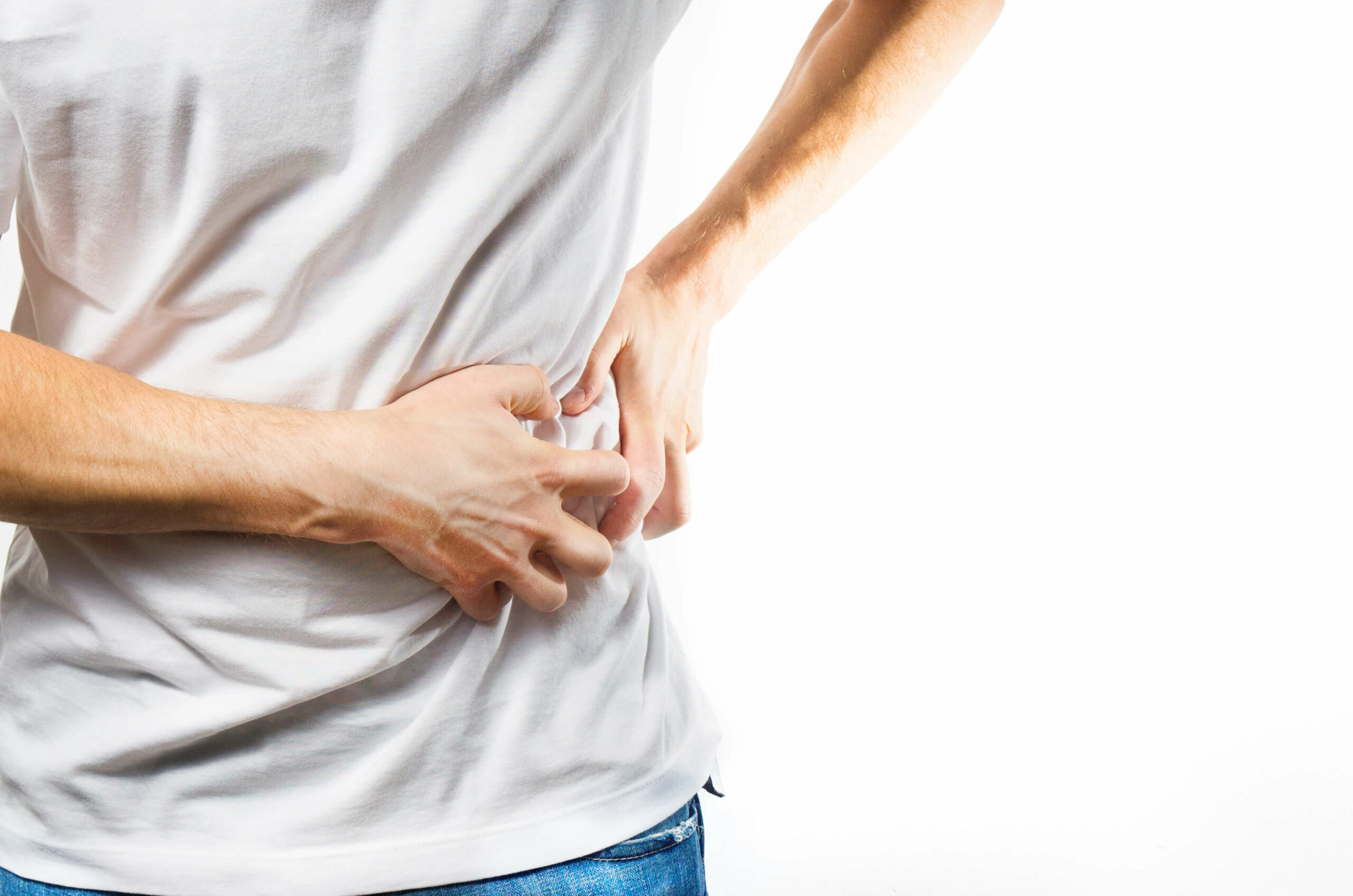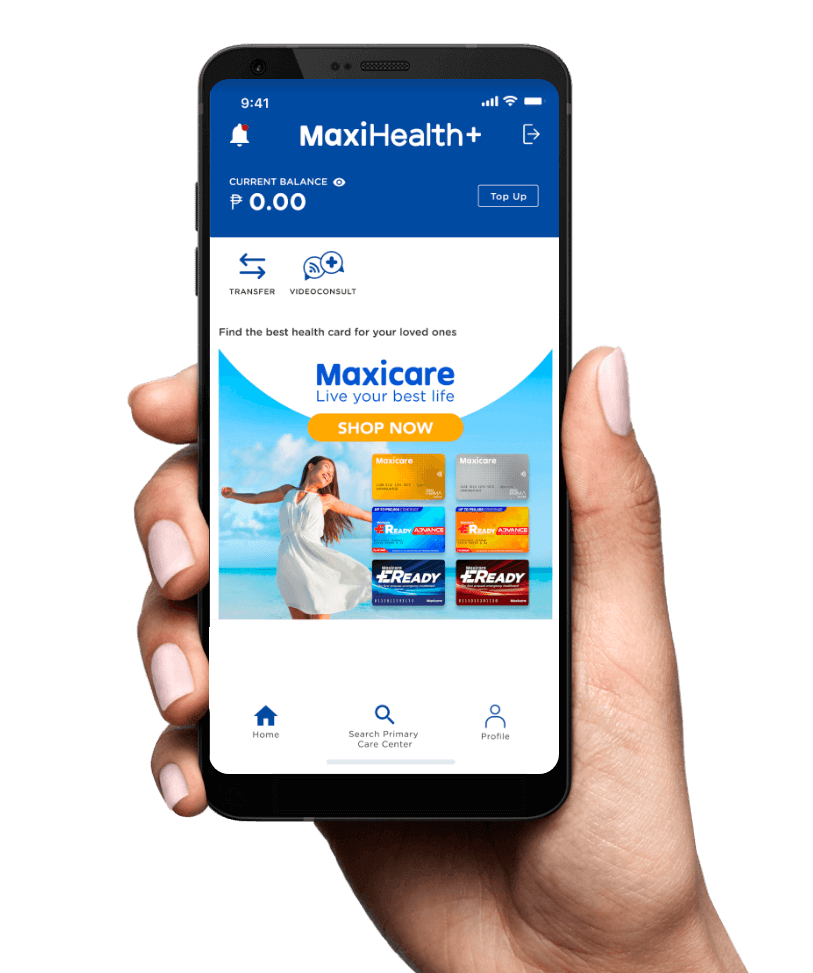Chronic Disease Management
How to manage chronic diseases and live your life
to the fullest

It’s never too late to get healthy
Maxicare is here to guide you along the way
Chronic diseases are among the top causes of illness-related deaths in the Philippines, but that doesn’t mean you can’t take steps to manage it. Get fitness tips, wellness advice, and articles on how to prevent and manage chronic diseases.
Common chronic illnesses
Below is a list of common chronic illnesses
and their symptoms
Hypertension
- Early morning headaches
- Nosebleeds
- Irregular heart rhythms
- Vision changes
- Buzzing in the ears
Diabetes Mellitus Type 2
- Urinate (pee) a lot, often at night
- Are very thirsty
- Lose weight without trying
- Are very hungry
- Have blurry vision
- Have numb or tingling hands or feet
- Feel very tired
- Have very dry skin
- Have sores that heal slowly
- Have more infections than usual
Dyslipidemia
- High cholesterol has no symptoms. A blood test is the only way to detect if you have it.
Guides to maintaining a healthy lifestyle

5 Lifestyle Changes to Help Control Your Diabetes
Diabetes is a long-lasting condition that affects how your body turns food into energy. It is a disease that causes high blood sugar. Your body either doesn’t make enough insulin or can’t effectively use the insulin it makes. Types of Diabetes Type 1 diabetes is an...

Cholelithiasis: How to avoid Gallstones
Cholelithiasis is the condition of having gallstones in your gallbladder. Your gallbladder is a small, pear-shaped organ on the right side of your abdomen, just beneath your liver. It holds a digestive fluid called bile released into your small intestine. Gallstones...

How can you prevent kidney stones? Check out these 3 practical ways
Urolithiasis is the formation of stones, hard deposits of minerals, and salts inside your kidneys. When formed, the stone may stay in the kidney or travel down the urinary tract into the ureter. If a kidney stone becomes lodged in the ureters, it may block the flow...














